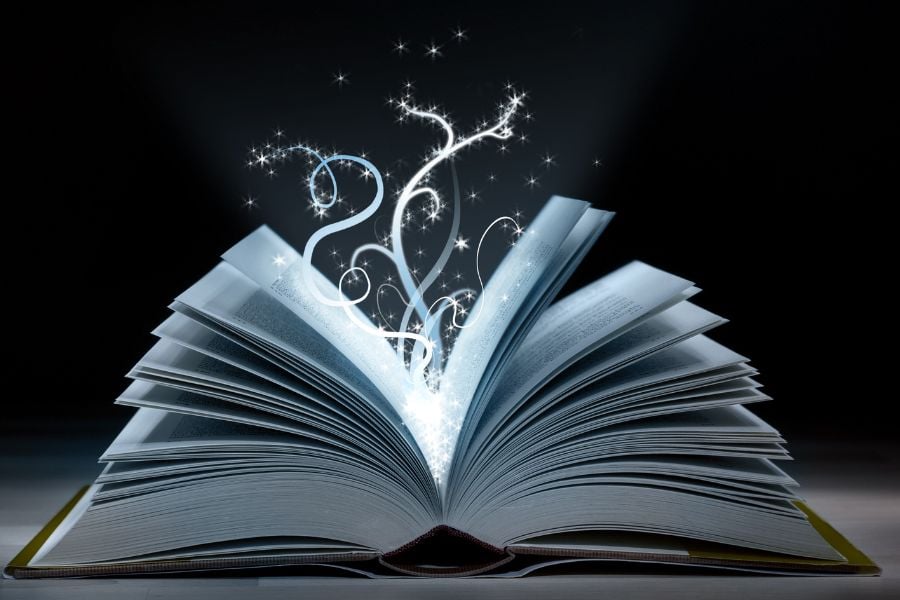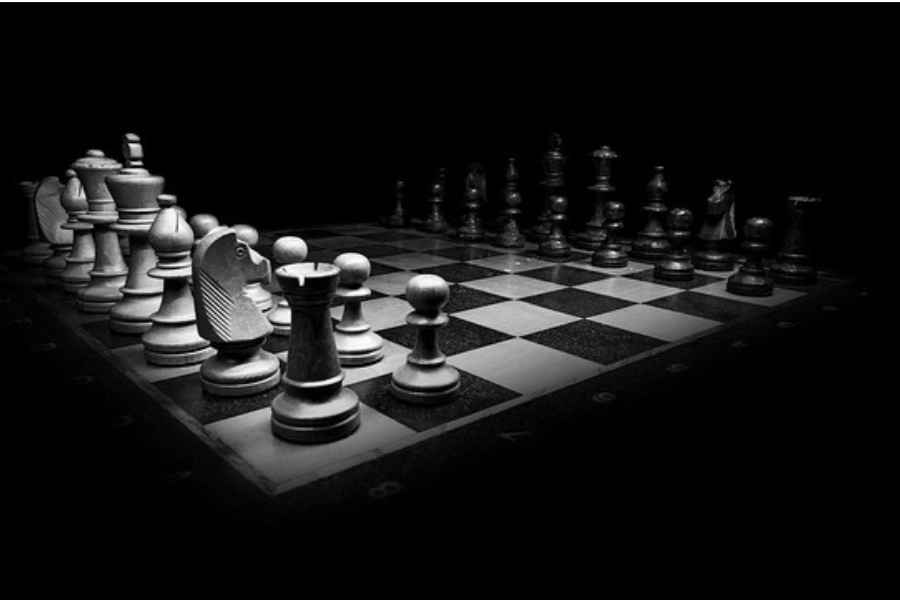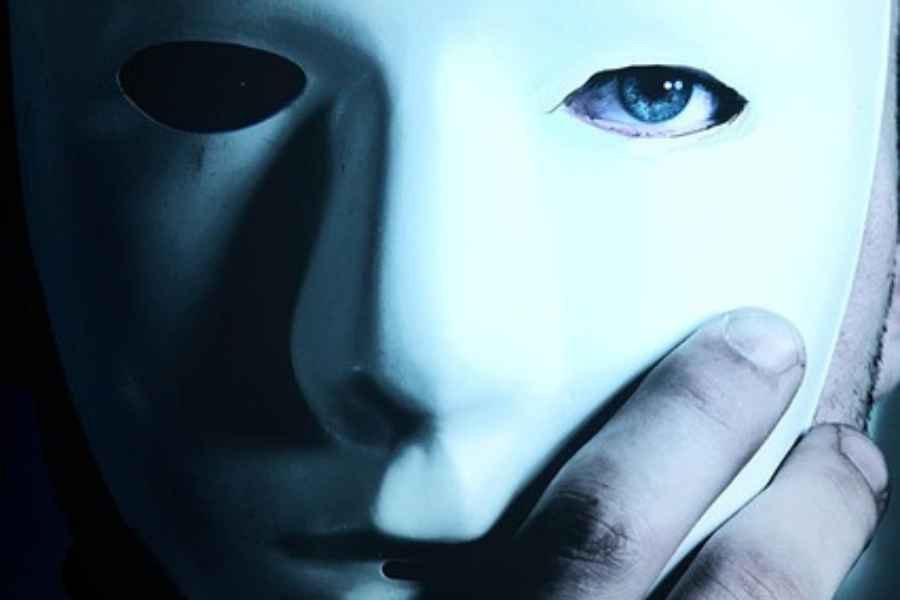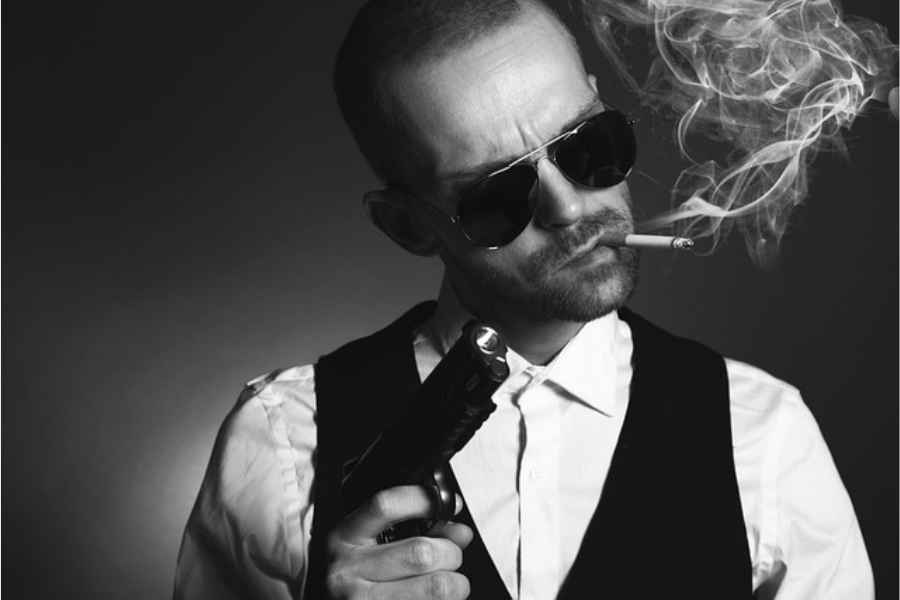As an avid fiction reader, I’m here to help deepen your understanding of these multifaceted foes.
Let’s explore several types of antagonists, their purposes and motives. And while you’re at it — learn how to write these dark but fascinating characters into your own story.
Ready?
Let’s begin!

What are Antagonists & Why Do They Matter?
Every captivating story has tension, conflict, and opposition. And at the heart of these challenges stands the antagonist.
But what exactly makes an antagonist?
Imagine the hero of your favorite story. Now, think of the one character or entity that constantly stands in their way.
That, in essence, is the antagonist.
The antagonist isn’t always the stereotypical “bad guy.” They’re essentially the force that opposes the protagonist, pushing them to their limits and often serving as the catalyst for the story’s action.
Antagonists’ defining traits often include:
- Conflict & Contrast: Creating barriers for the protagonist, and embodying values or beliefs opposite to the protagonist.
- Influence: Impacting the story’s direction or the protagonist’s journey.
- Strong Motivation: An antagonist has a clear reason to oppose the protagonist, whether personal, ideological, or survival-based.
- Relatability: Ironically, the best antagonists often have qualities or motivations we can empathize with. Their decisions, while opposing the hero, make sense in their world.
Great antagonists not only provide tension and drive the narrative but also serve as mirrors, prompting readers to reflect on their own beliefs and choices, making stories profound and intriguing.
The Most Popular Types of Antagonists (With Examples)

When talking about antagonists and their pivotal role in storytelling, it’s crucial to recognize that not all antagonists are cast from the same mold.
Let’s dissect the diverse spectrum of villains, from the outwardly malevolent to the inner saboteurs and beyond.
The Malevolent Villain
The malevolent villain is the embodiment of pure evil and maleficence in storytelling.
This character usually has little to no redeeming qualities, relishing in their wickedness and thriving on pain, chaos, and destruction. Their motivations can stem from power, revenge, dominance, or just sheer love for malevolence.
Examples of malevolent protagonists:
- Lord Voldemort from the Harry Potter series: The Dark Lord, consumed by a thirst for power and immortality, stops at nothing to achieve his goals, even if it means destroying everyone in his path.
- Sauron in The Lord of the Rings: The Dark Lord of Mordor seeks to reclaim the One Ring and plunge Middle-earth into eternal darkness, using his vast armies and dark magic.
- The Evil Queen in Snow White: Driven by vanity and jealousy, she’s determined to be the fairest of them all, even if it means killing her own stepdaughter.
- The White Witch from The Chronicles of Narnia: Jadis casts Narnia into a hundred-year winter, stopping at nothing to maintain her dominion over Narnia.
- Freddy Krueger from A Nightmare on Elm Street: A child murderer in life, in death he becomes a malevolent spirit haunting the dreams of teenagers, turning their nightmares into lethal realities.
Creeped out yet? You should be…but don’t worry, the list of types of antagonists get’s slightly less evil as we move on…
The Antagonistic Inanimate Force (of Nature or Society)
This antagonist isn’t a person, but rather a force or societal construct that challenges the protagonist.
Whether it’s nature’s wrath or societal constraints, these forces are relentless, impersonal, and often overwhelming.
Examples:
- The Ocean in The Old Man and the Sea: The vast, unforgiving ocean is both a provider and a challenge for the old fisherman, Santiago. His prolonged battle with a giant marlin showcases man’s enduring struggle against nature.
- Society in The Giver: The community in this dystopian novel has eradicated all pain, emotions, and memories, creating a sterile world of “Sameness.” This society oppresses those who seek genuine human experiences and connection.
- Space in Gravity: The vastness and emptiness of space is the main antagonist, where astronauts struggle against its vacuum, debris, and the sheer isolation of being away from Earth.
- The Post-apocalyptic World in The Road: The bleak, ashen world following an unspecified cataclysm serves as a relentless antagonist, as a father and son duo struggle for survival against its desolate landscapes.
- Society’s Class Structure in The Great Gatsby: The invisible barriers and judgments of society’s elite prevent Gatsby’s acceptance and happiness.
The Inner Saboteur

At some point in our lives, we’ve all battled that little voice in our heads that whispers doubts, fears, and insecurities. That voice, when magnified in the world of storytelling, becomes what we often refer to as the “Inner Saboteur.”
This antagonist isn’t an external entity but rather a manifestation of a character’s internal struggles, traumas, or fears. Unlike external foes, these enemies are intangible, making them sometimes even more challenging to conquer. They showcase the fragility, vulnerability, and complexity of the human psyche.
Inner saboteur antagonist examples:
- Jack Torrance’s Madness in The Shining: Slowly succumbing to cabin fever and supernatural forces, Jack battles with his own mind, leading to devastating consequences.
- Nina’s Obsession in Black Swan: Striving for perfection, Nina confronts her own dark side, blurring the lines between reality and illusion.
- Randle McMurphy in Fight Club: The unnamed protagonist’s alter ego, Tyler Durden, is a representation of his suppressed desires, frustrations, and the darker side of his personality that seeks chaos and anarchy.
- Howard Hughes in The Aviator: The brilliant aviator and film producer grapples with obsessive-compulsive disorder and paranoia, which, despite his external success, threaten to consume him from the inside.
- Charlie in Perks of Being a Wallflower: Battling with the suppressed memories of trauma, Charlie’s mental health becomes the primary antagonist, impacting his relationships and self-worth.
The Anti-Villain / Hero-Antagonist
The anti-villain or hero-antagonist is a unique blend in storytelling.
Unlike the typical villain who possesses malevolent intent, the anti-villain often has noble intentions but employs questionable means to achieve them. They operate in a moral gray area, often believing their actions are justified for the greater good.
On the other hand, a hero-antagonist, while being a force of opposition for the protagonist, operates strictly on the side of what is “right”, even if their goals clash with the protagonist’s.
In essence, they’re the hero of their own story, but an obstacle in the protagonist’s tale.
Examples:
- Inspector Javert in Les Misérables: Doggedly pursuing Jean Valjean, Javert believes in the letter of the law, even when it conflicts with mercy and redemption.
- The Operative in Serenity: A man who believes unflinchingly in the greater good, he ruthlessly pursues the crew of the Serenity to suppress a damning secret, even though he knows his actions are morally reprehensible.
- Thanos in Avengers: Infinity War: Convinced that his plan can save the universe, he’s willing to make the ultimate sacrifice – even if it means eradicating half of all life.
- The Machines in The Matrix: They keep humanity subdued, but from their perspective, they’re also preserving humanity after their creators tried to destroy them.
- Killmonger from Black Panther: A character shaped by loss and systemic inequality, his vision for Wakanda challenges T’Challa’s leadership, forcing both to reevaluate their roles.
The False Antagonist

At the heart of many compelling stories lies a twist that leaves audiences gasping: the character we believed was the villain isn’t the true antagonist after all.
This is the domain of the “false antagonist.” They are characters who initially appear to oppose the protagonist, only for it to be revealed that they either have noble intentions, are misunderstood, or are simply not the main threat.
Examples:
- Severus Snape in the Harry Potter series: Long thought to be Harry’s enemy, the truth of his loyalties and sacrifices unfolds in a heart-wrenching revelation.
- Mr. Darcy in Pride and Prejudice: Initially appearing proud and aloof, he’s later revealed to be a man of deep honor and integrity, with reasons for his reserved demeanor.
- The aliens from Ender’s Game: Perceived as the enemy by humans, it’s later revealed that they didn’t understand humans’ survival instincts and never intended to be their enemies.
- Verin Mathwin from Wheel of Time: Initially seen as a suspicious Aes Sedai, she ultimately reveals a deep commitment to the Light, making great sacrifices to ensure the forces of good have the knowledge they need.
- Kronk from The Emperor’s New Groove: He works for the antagonist Yzma, but his kind-hearted nature can’t stand by her evil plans for long.
The Hidden Antagonist
Lurking in the shadows, the hidden antagonist’s motives and actions are not immediately apparent. They work behind the scenes, making their reveal a surprising twist that can reshape the entire narrative.
Examples:
- Keyser Söze in The Usual Suspects: The enigmatic mastermind’s identity remains a mystery for most of the film, culminating in a jaw-dropping revelation.
- Mr. Wickham from Pride and Prejudice: At first glance, George Wickham is the charming officer who seems to have been wronged by Mr. Darcy. As the story unfolds, however, it becomes evident that he’s a deceitful manipulator, using charm to hide his true intentions.
- Henry Waternoose from Monsters, Inc.: The CEO of the company, Waternoose initially appears to be a caring figure looking out for the best interests of Monstropolis. It’s a shock to discover he’s willing to harm children to keep the city powered.
- Prince Hans from Frozen: Hans initially presents himself as the perfect suitor for Anna, offering her love and understanding. But his ulterior motive – to seize control of Arendelle – paints him in a dramatically different light by the story’s end.
- Saruman in The Lord of the Rings: Once a revered wizard and member of the White Council, Saruman’s ambition turns him into a traitor, secretly aligning with Sauron while feigning assistance to the Free Peoples of Middle-earth.
How to Create Your Own Antagonist

Designing a remarkable antagonist is just as crucial as creating your protagonist. It’s not just about presenting an obstacle, you need to manifest a force with depth, purpose, and a role that anchors the plot.
Here’s your guide to doing just that:
- Central Objective: Begin by pinpointing your antagonist’s main goal. Every move they make should be driven by this endgame. For instance, Lord Voldemort’s relentless quest centers around his desire for immortality and power. That desire drives every choice he makes in the story.
- Origin Story: Dive into what shaped your antagonist. What pivotal events or traumas from their past have spurred their current actions? A meticulously crafted origin story can evoke sympathy or deeper understanding, even for the most heinous villains.
- Dominant Traits: Is your antagonist cold and calculating or driven by raw emotion? Perhaps they’re charismatic, drawing followers with ease? Define these foundational character traits. They’ll dictate how they strategize, confront, and wield influence.
- Weaknesses: Even the most formidable villains have chinks in their armor. Whether it’s a hidden sentiment, a specific fear, or a moral line they won’t cross, these vulnerabilities offer depth and provide potential turning points in your narrative.
- Sphere of Influence: Consider the surroundings and the society that your antagonist controls or is part of. Does their lair embody their psyche? Does the dystopian government they head reflect their ideologies? The world around them can magnify their menace or illustrate their backstory.
- Evolution Path: An antagonist doesn’t have to be static. They can undergo shifts in belief, power dynamics, or even form alliances. This transformation, or sometimes the lack of it, shapes the tension and resolution in your story.
By diving deeper into your antagonist’s purpose, history, and evolution, you offer a character that doesn’t just oppose the protagonist, but complements the entire tapestry of your tale.
Antagonist Examples Are the Key to Storytelling Success

Studying antagonist examples in literature and film will help you understand the depth and diversity of these pivotal characters.
They are the shadows shaping stories, the hurdles our heroes overcome, and the mirrors reflecting our own fears and aspirations.
Harnessing the power of these varied antagonist archetypes can elevate a tale from good to unforgettable.
So dive deep, experiment, and soon you’ll be writing your own unforgettable antagonists!




